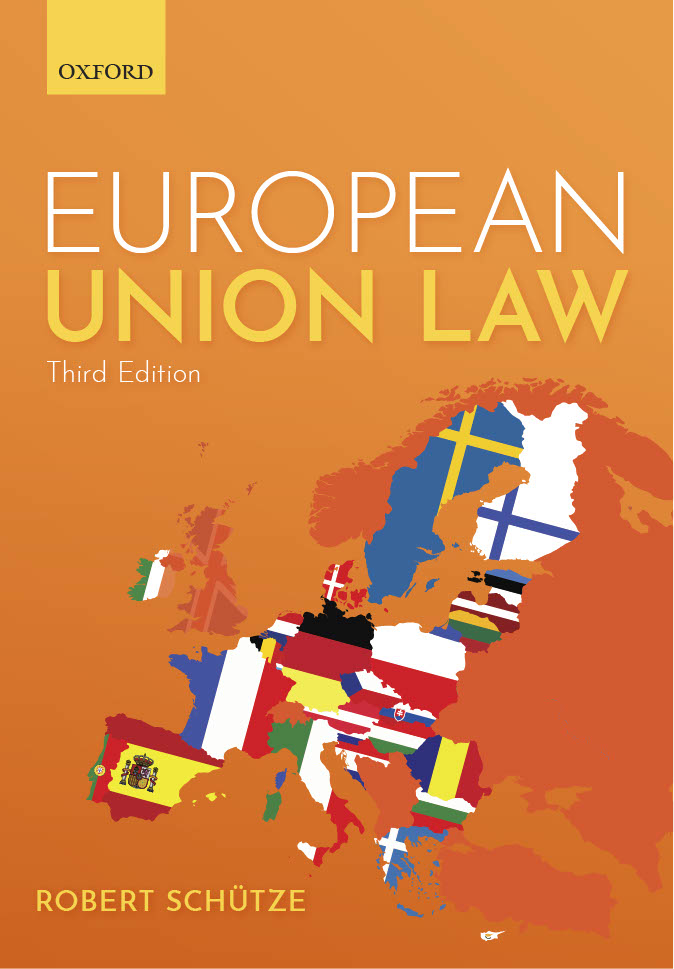Competitive markets are markets in which economic rivalry enhances efficiency. Market “forces” determine the winners and losers of this rivalry, and competition may – ultimately – force inefficient losers out of the market.
Who, then, forces the winner(s) to act efficiently? By the end of the nineteenth century, this question was first raised in the United States of America.1 After a period of intense competition “the winning firms were seeking instruments to assure themselves of an easier life”;2 and they started to use – among other things – the common law “trust” to coordinate their behaviour within the market. To counter the anticompetitive effects of these trusts, the American legislator adopted the first competition law of the modern world: the Sherman Antitrust Act (1890).3 The Act attacked two cardinal sins within all competition law: anti-competitive agreements,4 and monopolistic markets.5 Importantly: unlike the older British law on “restraints of trade” that protected the institution of “contract”, the American act aimed at the protection of “competition”.6 The meaning of this institution has nonetheless remained controversial. Two basic “schools” have here traditionally “competed” with each other. Following the “Harvard School”,7 competition law is to prevent harm against consumers (exploitative offences) and harm against competitors (exclusionary offences).8 The “Chicago School”, 9 by contrast, sees the enhancement of “consumer welfare” as the sole objective of competition law.1011
The U.S. experience has significantly shaped the competition law of the European Union.12 However, the inclusion of a Chapter on EU competition law originally rooted in the “general agreement that the elimination of tariff barriers would not achieve its objectives if private agreements or economically powerful firms were permitted to be used to manipulate the flow of trade”.13 EU competition law was indeed – at first – conceived as a complement to the internal market.14 The principal provisions on EU competition law are found in Chapter 1 of Title VII of the TFEU. The Chapter is divided into two Sections – one dealing with classic competition law, that is: “[r]ules applying to undertakings”; the other with public interferences in the market through “[a]ids granted by States”. Both sections contain a Union competence for the adoption of European secondary law; and within both sections various “soft law” guidelines have also been adopted.
